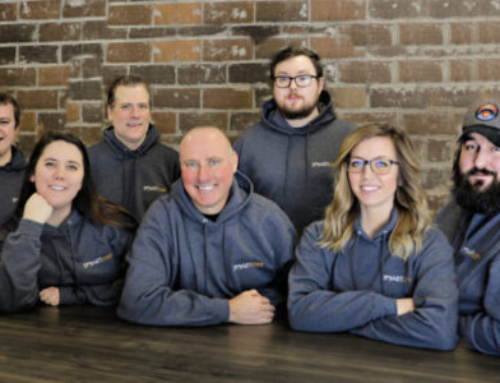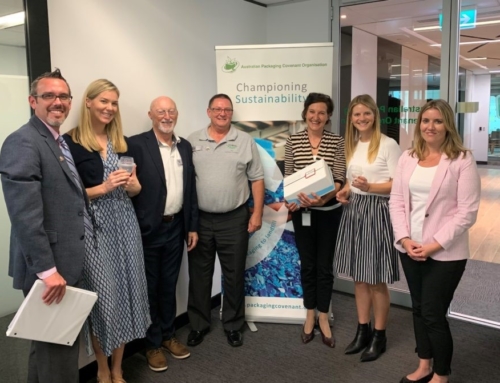Praveen Sinha, CEO of HealthMyne
Providing medical professionals with improved, evidence-based imaging insights and solutions in real time, HealthMyne helps clinicians make smarter decisions for optimized patient care at a lower care delivery cost. We recently spoke with HealthMyne CEO Praveen Sinha to find out more about the company’s mission, processes and goals for the future. See what he had to say below.
Q: Can you share a little bit about your background?
A: My background has primarily been in oncology and medical imaging, both from a clinical and business perspective. I started at the University of Wisconsin radiation oncology department as a National Institutes of Health post doc in 1995, before moving to the medical imaging industry in 1998 and subsequently co-founding a radiology company in 2000. The company did well and since then, I have been in the entrepreneurial world, co-founding four companies, primarily in the health care information technology space.
Q: How does HealthMyne work?
A: For medical professionals operating in the radiology-oncology ecosystem, HealthMyne developed a clinically-driven quantitative imaging platform to help improve communication, elevate quality and generate new data that provides actionable insight with improved performance.
Q: Where did the idea behind HealthMyne come from?
A: The idea was jointly developed by the team through an iterative method. From the start, we knew we wanted to provide a technology-enabled solution that provides significant help to radiologists and oncologists, and also fits within their existing workflow. We spent six months interviewing them to understand the challenges they face in having access to all the relevant patient information in one place and in interpreting that data. We knew the latest advances in technology could drastically reduce the time they now spend gathering and compiling all that information. We also knew we could help provide a quantum jump in consistency across the board by quantifying the characteristics of the tumor.
Q: In your opinion, why is HealthMyne’s business model successful in the marketplace?
A: HealthMyne’s business model is successful in the marketplace primarily because we developed the product to make sure it fits the clinical workflow. From day one, we have engaged our users to make sure we are developing something that really helps them provide better patient care. In short, we took time to understand their workflow and make sure we are solving real problems they face.
Q: Who are your primary clients?
A: Radiologists and oncologists working at cancer centers.
Q: Where do you anticipate growth opportunities?
A: We are currently working with some of the top cancer centers in the U.S. to seek their input on the product and have it clinically installed and evaluated. We are engaged with 10-12 comprehensive cancer centers to become early adopters. In the near future, we plan to introduce the product to community oncology centers in the U.S., where more than 80 percent of cancer patients get treated. We are also in early discussions with some non-U.S. sites, but we first want to serve the U.S. market and then launch internationally.
Q: What do you see as HealthMyne’s biggest assets in the market?
A: Our employees and partners are our biggest assets. We are all passionate about bringing innovative, technology-enabled solutions to significantly impact oncology patient care.
Q: What has been the biggest challenge for you and your team? What advice to you have for other entrepreneurs facing similar challenges?
A: I am fortunate that we have employees, investors and clinical partners who understand the challenges in front of us and have the expertise to tackle these challenges successfully. The team has a strong track record of bringing innovative products to the health care IT market in the past. That experience is valuable and has helped us avoid mistakes that many first-time entrepreneurs may make. My advice to other entrepreneurs is to surround themselves with good advisors and actively seek help in areas where they may not have expertise.









FOLLOW US